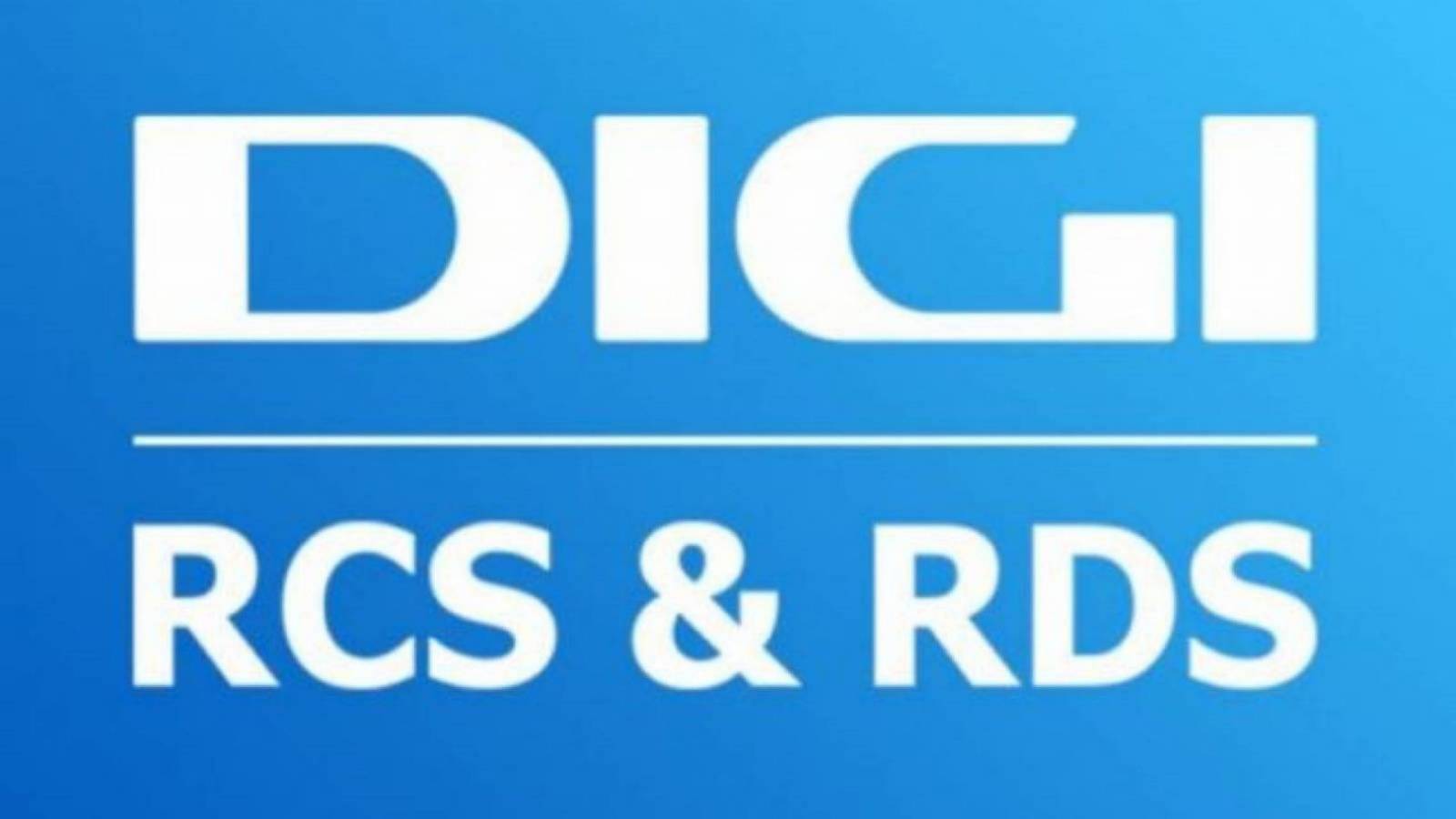RCS & RDS is the largest telecommunications operator in Romania at the moment, with over 10 million customers throughout the country, and the number is constantly growing thanks to the very good offers it has. RCS & RDS also owns DIGI Mobil, the third/fourth largest mobile telecommunications operator in Romania, and in the last year it has constantly invested in improving the GSM coverage that customers benefit from throughout the country.
RCS & RDS updated monthly, or even once every 2/3 weeks, the coverage it offers for its 2G/3G/4G networks in Romania, and ANCOM announced at the beginning of the year that it had reached 98% coverage in all the country. In the second part of last month, those from RCS & RDS updated the maps with the coverage that DIGI Mobil customers benefit from for almost all the telecommunications infrastructure, with the exception of 5G, left without investments in 2020.
RCS & RDS: New Changes made for DIGI Mobile Coverage
RCS & RDS now has better coverage with the 2G network than with the 4G one, at least on the maps it has available on its website, and here comes very good news for some customers. Although the 2G network is inferior in terms of performance in terms of internet speeds, when it comes to phone calls things are completely different, and that is why RCS & RDS invested in it, to provide coverage in several areas of the country, and in buildings.
RCS & RDS continues to invest in its mobile telephony infrastructure in Romania, although it has fulfilled its commitment to the authorities and has 98% coverage for the whole country, but it continues to improve it. Unfortunately, all these improvements do not bring better performance for mobile internet speeds, one of the extremely big problems that DIGI Mobil has, and the 5G network is not yet invested because the frequency auction has not taken place in Romania, and Huawei's situation is not clearly known.
RCS & RDS still seems willing to continue its investments in the existing infrastructure, and maybe at some point it will be able to offer services of a quality closer to those offered by other telecommunications operators.

















